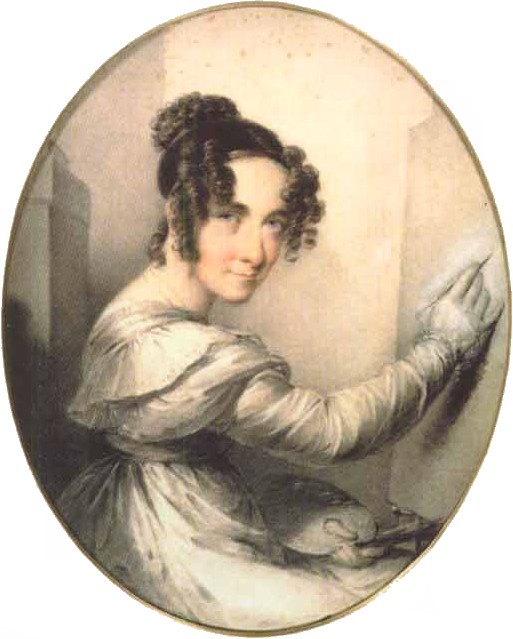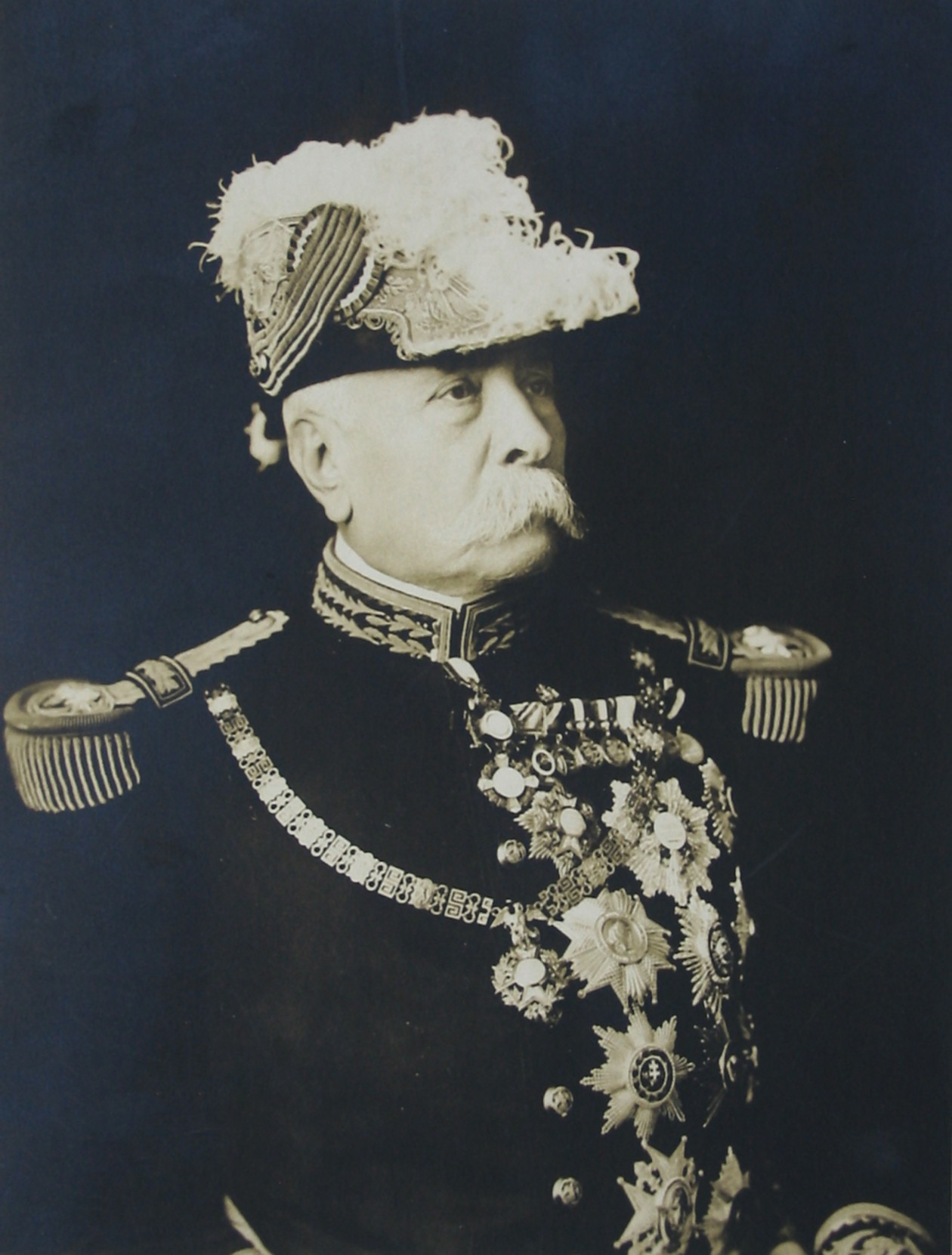|
Comala (municipality)
f''or the pseudonymous artist, see Therese Emilie Henriette Winkel'' Comala () is a town and municipality located in the Mexican state of Colima, near the state capital of Colima, being the northernmost and second smallest municipality in Colima behind Villa de Álvarez. It has been nicknamed the "White Village of America" as the façades of the buildings in town have all been painted white since the 1960s. The historic center of the town was declared a Historic Monument Zone and the town became a Pueblo Mágico in 2002. It is the municipal seat of the Comala Municipality, the local governing authority for over 400 other communities, including the former Nogueras Hacienda, the home of artist Alejandro Rangel Hidalgo. Comala municipality The town of Comala is the municipal seat of Comala Municipality, the local governing authority for over four hundred other communities, which together cover a territory of 254km2. The area was originally called Ajuchitlán or Valley of the Flowe ... [...More Info...] [...Related Items...] OR: [Wikipedia] [Google] [Baidu] |
Therese Emilie Henriette Winkel
Therese Emilie Henriette Winkel (20 December 1784 – 7 March 1867) was a German artist, author, composer, and harpist. She also published under the pseudonyms Comala and Theorosa. Winkel was born in Weissenfels, but moved to Dresden in 1788 when her parents separated. She was briefly engaged to writer Johann Friedrich Rochlitz in 1800, but the engagement was broken for unknown reasons. Winkel and her mother traveled to Paris in 1806, where she studied painting with Jacques-Louis David, and music with François-Joseph Nadermann and Marie–Martin Marcel, Vicomte de Marin. During her stay in Paris, Winkel's letters to her friends were sometimes published in magazines and the Dresden evening newspaper. Rochlitz also had some of her music and art reviews published anonymously in the ''Journal for German Women''. Winkel returned to Germany in 1808, where she gave a series of concerts whose audiences included Achim von Arnim and Johann Wolfgang von Goethe. Winkel and her mother con ... [...More Info...] [...Related Items...] OR: [Wikipedia] [Google] [Baidu] |
Nahuatl
Nahuatl ( ; ), Aztec, or Mexicano is a language or, by some definitions, a group of languages of the Uto-Aztecan language family. Varieties of Nahuatl are spoken by about Nahuas, most of whom live mainly in Central Mexico and have smaller populations Nahuatl language in the United States, in the United States. Nahuatl has been spoken in central Mexico since at least the seventh century CE. It was the language of the Mexica, who dominated what is now central Mexico during the Late Postclassic period of Mesoamerican chronology, Mesoamerican history. During the centuries preceding the Spanish conquest of the Aztec Empire, the Aztecs had expanded to incorporate a large part of central Mexico. Their influence caused the variety of Nahuatl spoken by the residents of Tenochtitlan to become a prestige language in Mesoamerica. Following the Spanish conquest, Spanish colonists and missionaries introduced the Latin script, and Nahuatl became a literary language. Many chronicles, gram ... [...More Info...] [...Related Items...] OR: [Wikipedia] [Google] [Baidu] |
Mamey (other)
Mamey may refer to: Plants and fruits * '' Bunchosia armeniaca'', "cold-earth mamey", in the family Malpighiaceae * ''Magnolia guatemalensis'', in the family Magnoliaceae, known as "mamey" * '' Mammea americana'', "yellow mamey", in the family Calophyllaceae * '' Pouteria sapota'', "red mamey", in the family Sapotaceae Geography * Mamey, Aguada, Puerto Rico, a barrio * Mamey, Guaynabo, Puerto Rico, a barrio * Mamey, Gurabo, Puerto Rico, a barrio * Mamey, Juncos, Puerto Rico, a barrio * Mamey, Patillas, Puerto Rico, a barrio * Mamey, Meurthe-et-Moselle, France See also * El Mamey Formation, a geologic formation in the Dominican Republic *Mameyes, a community within the limits of barrio Portugués Urbano Portugués Urbano is one of the 31 barrios in the municipality of Ponce, Puerto Rico. Along with Canas Urbano, Machuelo Abajo, Magueyes Urbano, and San Antón, Portugués Urbano is one of the municipality's five originally rural barrios that ar ..., Puerto Rico ** Mameyes Lands ... [...More Info...] [...Related Items...] OR: [Wikipedia] [Google] [Baidu] |
Banana
A banana is an elongated, edible fruit – botanically a berry – produced by several kinds of large treelike herbaceous flowering plants in the genus '' Musa''. In some countries, cooking bananas are called plantains, distinguishing them from dessert bananas. The fruit is variable in size, color and firmness, but is usually elongated and curved, with soft flesh rich in starch covered with a peel, which may have a variety of colors when ripe. It grows upward in clusters near the top of the plant. Almost all modern edible seedless ( parthenocarp) cultivated bananas come from two wild species – '' Musa acuminata'' and ''Musa balbisiana'', or hybrids of them. ''Musa'' species are native to tropical Indomalaya and Australia; they were probably domesticated in New Guinea. They are grown in 135 countries, primarily for their fruit, and to a lesser extent to make banana paper and textiles, while some are grown as ornamental plants. The world's largest producers of bananas ... [...More Info...] [...Related Items...] OR: [Wikipedia] [Google] [Baidu] |
Papaya
The papaya (, ), papaw, () or pawpaw () is the plant species ''Carica papaya'', one of the 21 accepted species in the genus '' Carica'' of the family Caricaceae, and also the name of its fruit. It was first domesticated in Mesoamerica, within modern-day southern Mexico and Central America. It is grown in several countries in regions with a tropical climate. In 2022, India produced 38% of the world's supply of papayas. Etymology The word ''papaya'' derives from the Caribbean Taíno "paapaía" and is also the name for the plant. Some etymologists argue that the word comes from the Mayan "páapay-ya", which means "mottled sapote". However, the most commonly accepted etymology is the Taíno one, although it is possible that both word origins are interrelated. The name ''papaw'' or ''pawpaw'' is used alternatively for the fruit only in some regions, that name generally referring to ''Asimina triloba'', an unrelated tree and fruit. Description The papaya is a small, sparsely ... [...More Info...] [...Related Items...] OR: [Wikipedia] [Google] [Baidu] |
Pedro Páramo
''Pedro Páramo'' is a novel by Mexican writer Juan Rulfo, first published in 1955. This novel showcases the roots of Mexican culture and its beliefs on afterlife through deeply complex characters, spirituality, and a constant transition between realms/dimensions that encompass a nonlinear chronology. It tells the story of Juan Preciado, a man who promises his mother on her deathbed to meet Preciado's father for the first time in the town of Comala only to come across a literal ghost town, that is, populated by spectral characters. During the course of the novel, these ghostly inhabitants reveal details about life and afterlife in Comala, including that of Preciado's reckless father, Pedro Páramo, and his centrality for the town. Initially, the novel was met with cold critical reception and sold only two thousand copies during the first four years; later, however, the book became highly acclaimed. ''Páramo'' was a key influence on Latin American writers such as Gabriel García ... [...More Info...] [...Related Items...] OR: [Wikipedia] [Google] [Baidu] |
Juan Rulfo
Juan Nepomuceno Carlos Pérez Rulfo Vizcaíno, best known as Juan Rulfo (; 16 May 1917 – 7 January 1986), was a Mexican writer, screenwriter, and photographer. He is best known for two literary works, the 1955 novel ''Pedro Páramo'', and the collection of short stories '' El Llano en llamas'' (1953). This collection includes the popular tale "¡Diles que no me maten!" ("Tell Them Not to Kill Me!"). Early life Rulfo was born in 1917 in Apulco, Jalisco (Disputed as being in San Gabriel, Jalisco) Mexico, although he was registered at Sayula, in the home of his paternal grandfather. Rulfo's birth year was often listed as 1918, because he had provided an inaccurate date to get into the military academy that his uncle, David Pérez Rulfo — a colonel working for the government — directed. After his father was killed in 1923 and his mother died in 1927, Rulfo's grandmother raised him in Guadalajara, Jalisco. Their extended family consisted of landowners whose fortunes were rui ... [...More Info...] [...Related Items...] OR: [Wikipedia] [Google] [Baidu] |
Norteño (music)
''Norteño'' or ''norteña'' (, ''northern''), also ''música norteña'', is a subgenre of regional Mexican music. The music is most often based on duple and triple metre and its lyrics often deal with socially relevant topics, although there are also many norteño love songs. The accordion and the bajo sexto are traditional norteño's most characteristic instruments. The genre is popular in both Mexico and the United States, especially among the Mexican and Mexican-American community, and it has become popular in other Spanish-speaking countries as far away as Chile. Though originating from rural areas, norteño is popular in both rural and urban areas. A ''conjunto norteño'' is a type of Mexican folk ensemble. It mostly includes diatonic accordion, bajo sexto, electric bass or double bass, drums, and depending on the region, alto saxophone. Repertoire The norteño repertoire covers canción ranchera, corrido, ballad, bolero, chotís, cumbia, huapango norteño, mazur ... [...More Info...] [...Related Items...] OR: [Wikipedia] [Google] [Baidu] |
Cristero War
The Cristero War (), also known as the Cristero Rebellion or , was a widespread struggle in central and western Mexico from 3 August 1926 to 21 June 1929 in response to the implementation of secularism, secularist and anti-clericalism, anticlerical articles of the Constitution of Mexico, 1917 Constitution. The rebellion was instigated as a response to an executive decree by Mexican President Plutarco Elías Calles to strictly enforce Article 130 of the Constitution, an implementing act known as the Calles Law. Calles sought to limit the power of the Catholic Church in Mexico, its affiliated organizations and to suppress popular religiosity. The rural uprising in north-central Mexico was tacitly supported by the Church hierarchy, and was aided by urban Catholic supporters. The Mexican Army received support from the United States. American Ambassador Dwight Morrow brokered negotiations between the Calles government and the Church. The government made some concessions, the Church w ... [...More Info...] [...Related Items...] OR: [Wikipedia] [Google] [Baidu] |
Mexican Revolution
The Mexican Revolution () was an extended sequence of armed regional conflicts in Mexico from 20 November 1910 to 1 December 1920. It has been called "the defining event of modern Mexican history". It saw the destruction of the Federal Army, its replacement by a Liberation Army of the South, revolutionary army, and the transformation of Mexican culture and Federal government of Mexico, government. The northern Constitutionalists in the Mexican Revolution, Constitutionalist faction prevailed on the battlefield and drafted the present-day Constitution of Mexico, which aimed to create a strong central government. Revolutionary generals held power from 1920 to 1940. The revolutionary conflict was primarily a civil war, but foreign powers, having important economic and strategic interests in Mexico, figured in the outcome of Mexico's power struggles; United States involvement in the Mexican Revolution, the U.S. involvement was particularly high. The conflict led to the deaths of around ... [...More Info...] [...Related Items...] OR: [Wikipedia] [Google] [Baidu] |
Laguna De Carrizalillo
Laguna (Italian and Spanish word for lagoon), is a Spanish, Italian, and Polish surname. It may also refer to: People * Andrés Laguna (1499–1559), Spanish physician, pharmacologist, and botanist * Benjamín Máximo Laguna y Villanueva (1822–1902), Spanish forester, entomologist and botanist of Spanish and Philippine flora * Theodore de Laguna (1876–1930), American philosopher, taught at Bryn Mawr College and in the Philippines, early feminist. * Aleksander Łaguna (7/10/1894 – 9/10/1934) – Major pilot of the Polish Army, knight of the Virtuti Militari * Mikołaj Łaguna (14/06/1890–1940) – Polish lieutenant, murdered in Katyn * Piotr Łaguna (1905–1941), major of the Polish Army, pilot * Stosław (Klemens Stanisław) Łaguna, (23/02/1833-28/04/1900), professor of Polish Law at the University of Saint Petersburg, January Uprising participant * Stanisław Ignacy Łaguna (18 January 1878-1 August 1943) – Polish engineer, councilor of the Lviv City Council (S ... [...More Info...] [...Related Items...] OR: [Wikipedia] [Google] [Baidu] |





